Coffee beginners must learn! How can I make a nice latte? Diagram of latte flower drawing skills
In reading this article, have you experienced such a scene: "Looking at other baristas pulling flowers is more silky than Dove, and it is not so fat in your own hands!" Obviously their milk foam is very silky, coffee fat is also very moderate, to pull a flower step began to jam... this situation and may be caused by your milk and coffee are not evenly mixed.

(As long as the fusion is good, it is not a dream to pull flowers on the basin)
Milk and coffee fusion
The "fusion" step not only affects the production of the flower pattern, but also affects the taste of the whole latte. Imagine if the milk and espresso are not fully blended, then at the beginning of the taste, the taste of the milk foam can be described as "layered" very strong. (A moment is very bitter, and a moment is very light...) And often because this step looks too simple, so many small partners ignore the importance, just draw a few circles when the fusion.

(Left: Uniform fusion Right: Uneven fusion)
What is "uniform integration"?
When the milk and coffee blend evenly, the coffee surface is evenly colored (soft golden yellow), the milk foam texture is fine, and there is no obvious bubble around the flower pattern. The front street calls this circle of coffee "Golden Circle."
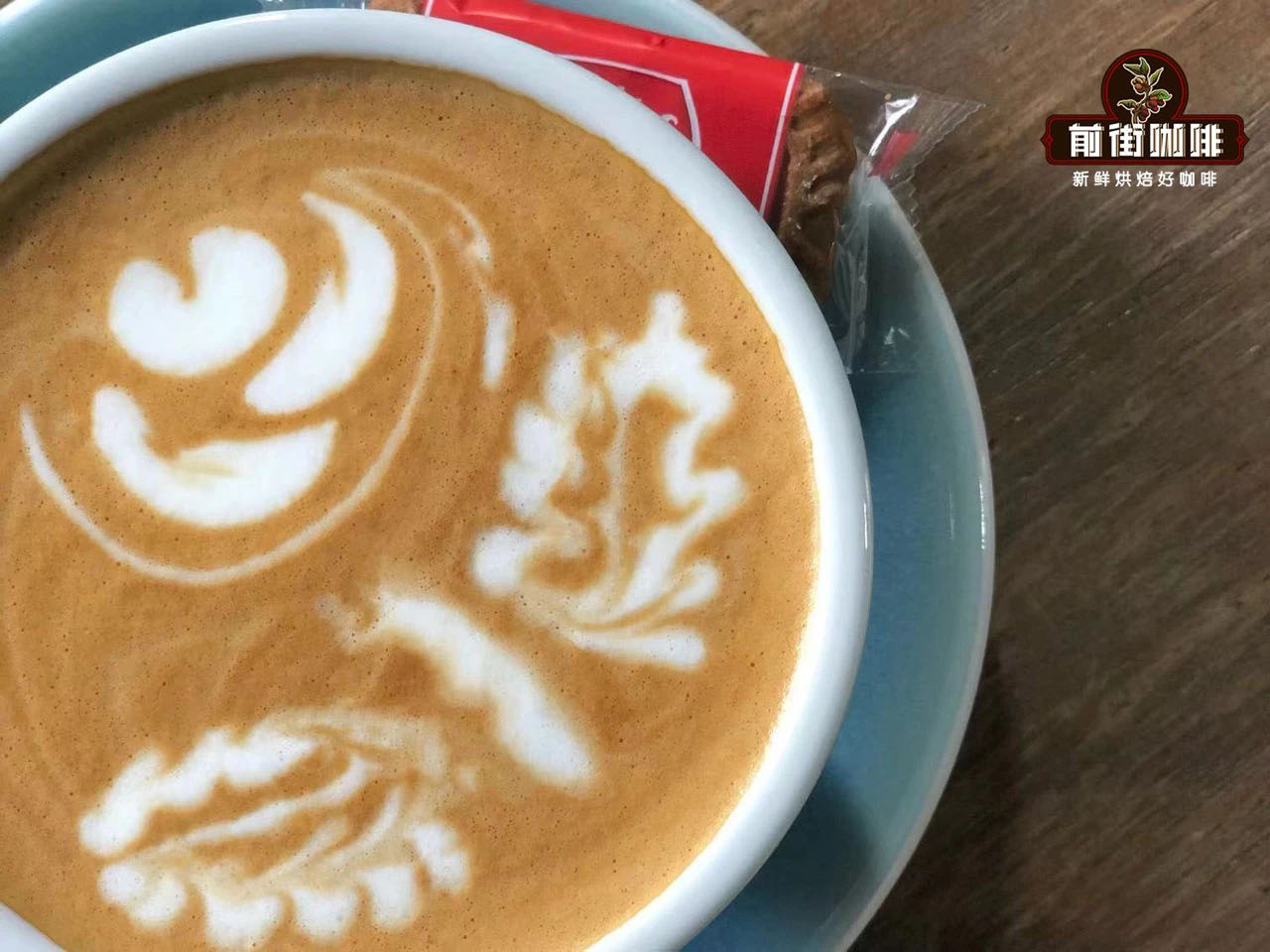
It wasn't difficult to fuse evenly!
Pick up your notebook and write down these little Tips~
/espresso moderate fat thickness
Espresso fat is not necessarily thicker/richer, as it makes it harder for milk and coffee fat to blend evenly. Of course, coffee fat can not be too thin, thin coffee fat can not stabilize the movement of milk bubbles, pull flowers easy to appear defenseless "drift."
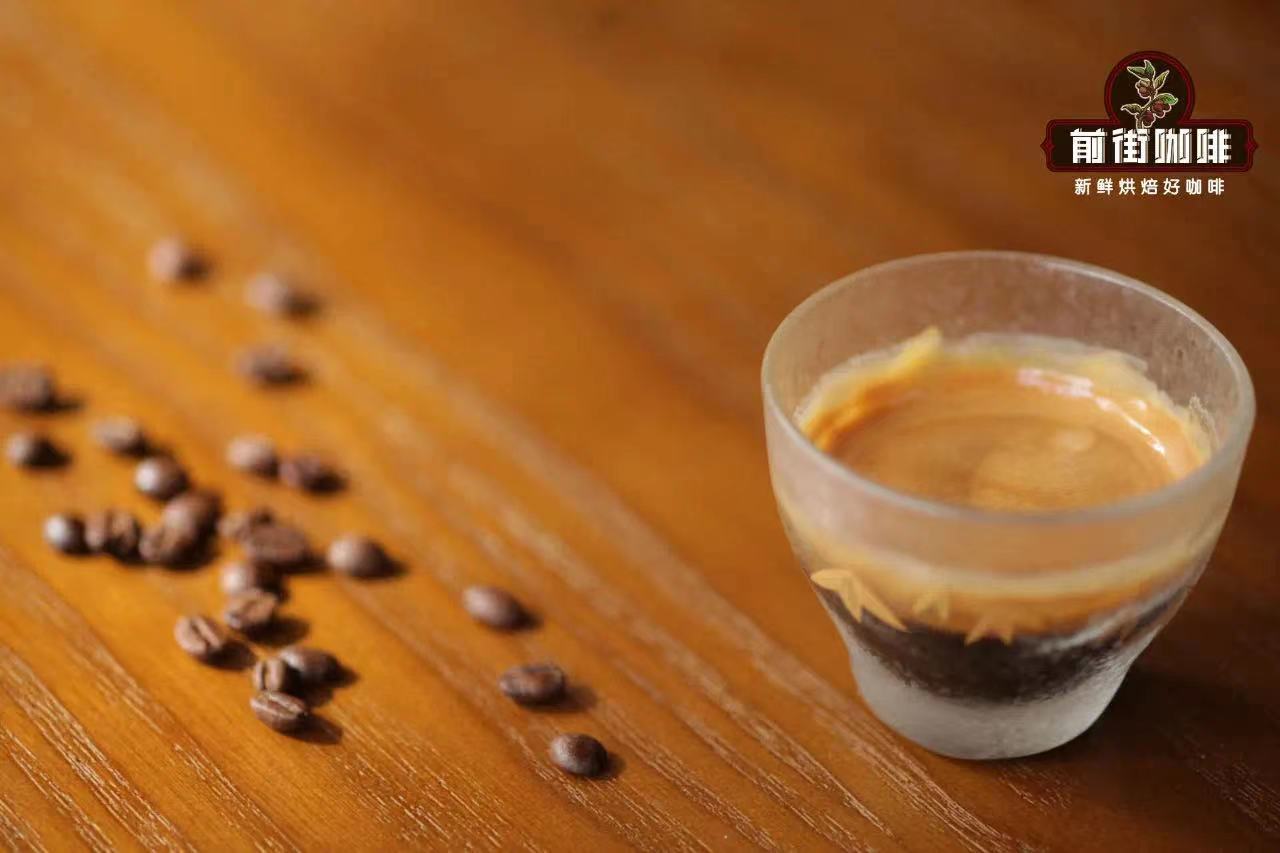
Suitable for making latte coffee fat thickness should be about 0.7cm, thick and rich without loss of fluidity. Over-fresh espresso beans contain a lot of carbon dioxide in the body, so coffee fat is relatively thick; stale espresso beans do not have enough carbon dioxide in the body, so they cannot produce enough fat and appear thin.
(Popular science: espresso fat is produced because espresso extraction requires rapid extraction at high pressure, and carbon dioxide and water are supersaturated under 9Bar pressure and sealing. At the same time, the fat of the coffee is emulsified and then encapsulated with carbon dioxide and extracted with the coffee solution. Since the oil is lighter than water, the coffee after extraction also gradually separates, so the golden oil appears on the surface.)
/Foam thickness & fineness
The foam thickness suitable for making latte is 1cm, so we can stop inflating when we hear 4-5 squeaks, and adjust the milk tank to a 45-degree angle to create a vortex to sweep away the coarse foam. The milk foam that has ceased to be whipped should present a fine, smooth state.
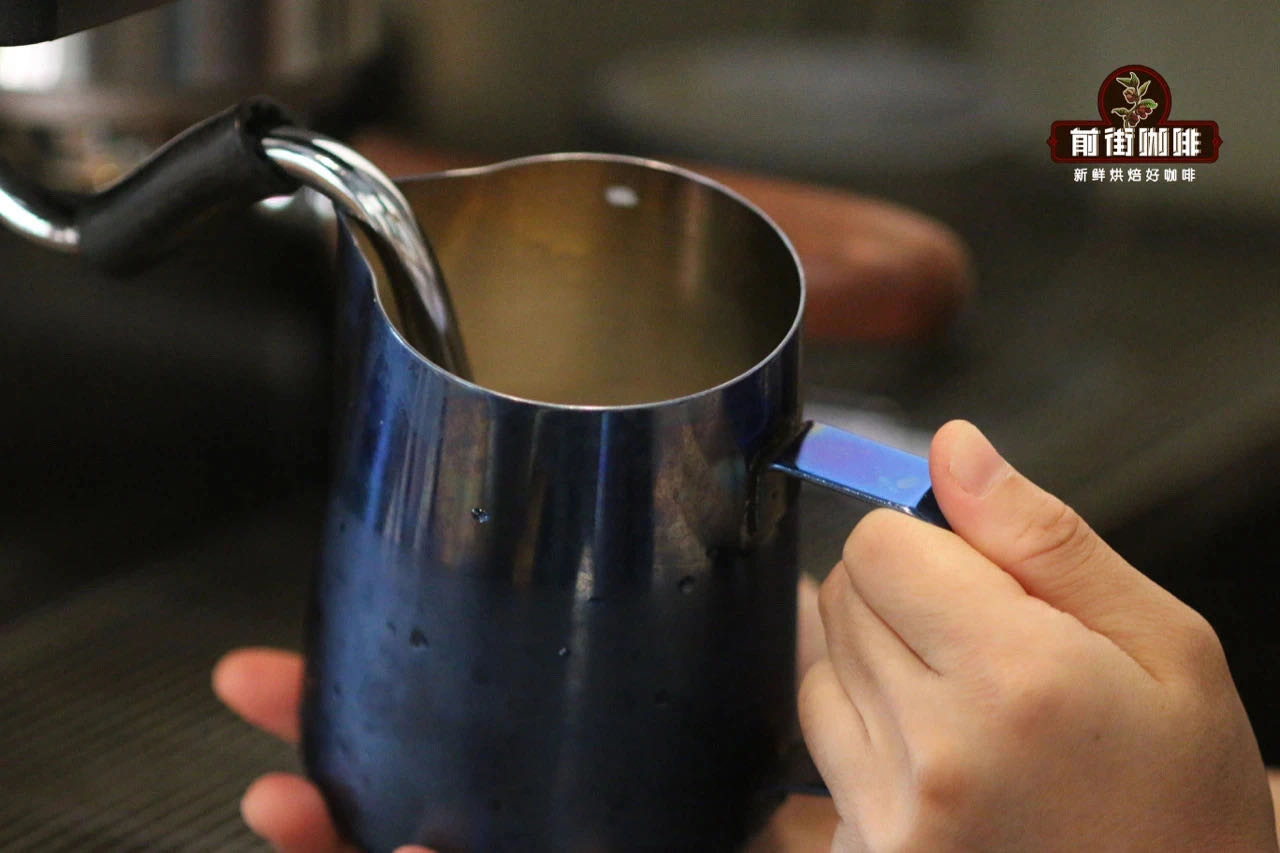
/Shake the milk tank before fusion to avoid foaming and milk stratification
When milk stops whipping, it begins to foam and separate from the milk. If it is not the first time to fuse and pull flowers after the completion of the process, it is necessary to find a fulcrum on the table, and then shake the milk tank clockwise through wrist force to ensure that the milk foam and milk are evenly fused. If you blend and pull in layers, only milk is injected into the coffee, and the milk bubbles float on top of the milk. At this time, you will find that the milk bubbles enter the coffee in clumps, rather than merging with the coffee as smoothly as Dove.
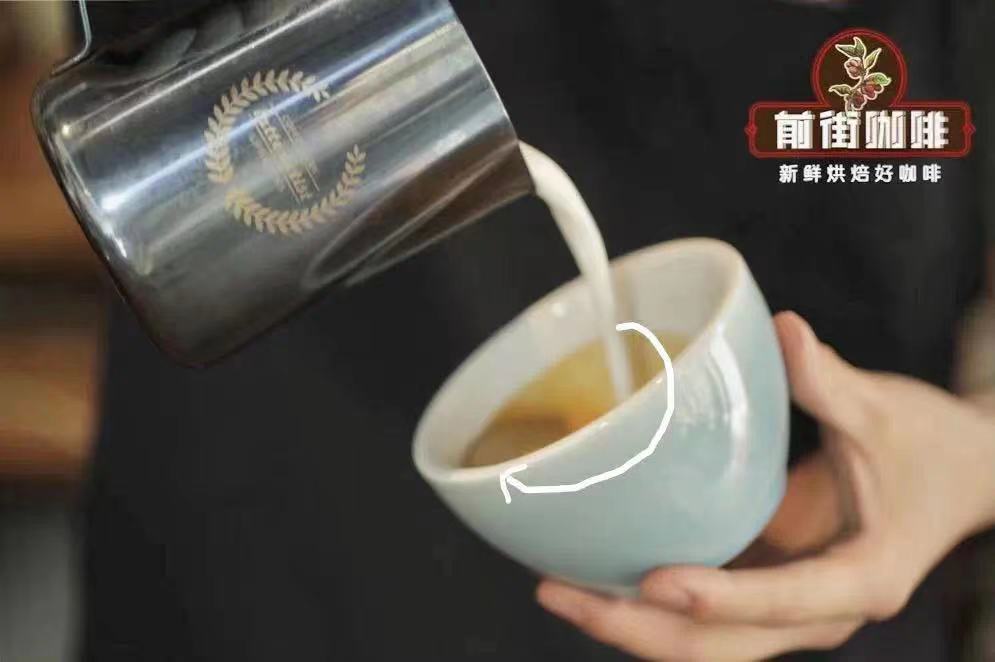
/Direction of the circle fusion
That's right! The direction of the circle is also exquisite. The general fusion technique is to stir clockwise, holding the coffee cup in the left hand and the flower jar in the right hand, starting from three o 'clock to six o' clock. Circle when you can choose milk tank or cup to circle, remember not to rotate both at the same time! In case the tempo isn't right and milk and coffee start fighting, you'll get a latte full of bubbles.
/Height of milk injection
The height of milk fusion is generally about 5-8cm (it can be fine-tuned according to your actual situation). Too little milk will appear and a lot of milk bubbles will float in the liquid surface, resulting in uneven fusion. And too much milk will have the impact of the impact of different sizes hit bubbles.
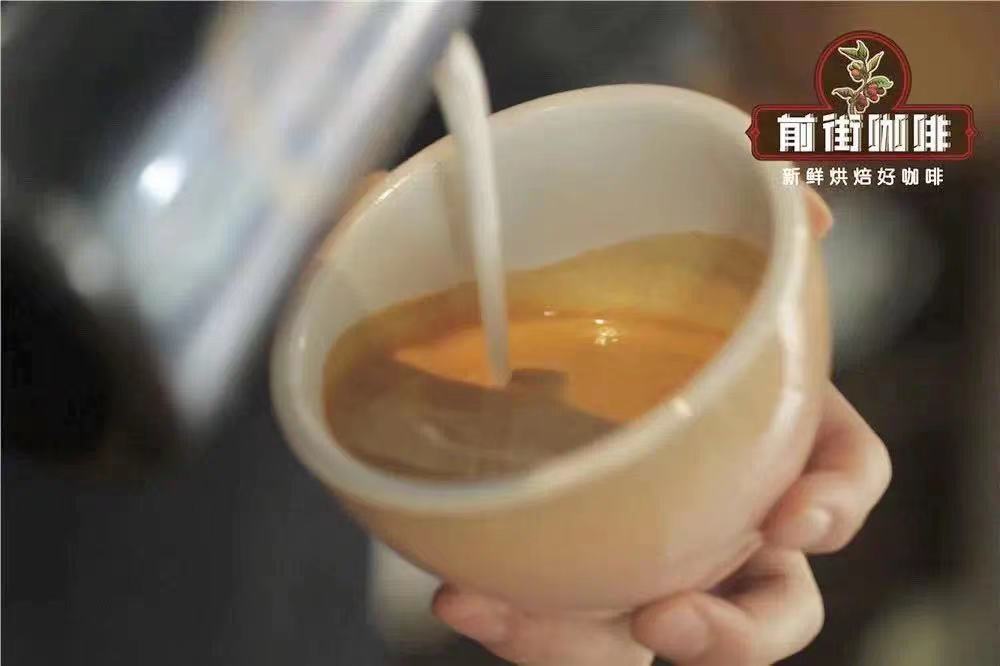
/Flow rate of milk injected
Generally, the flow rate during fusion will be a little finer than the pattern stage, so that the milk foam and coffee can be fully fused without destroying the cleanliness and color of the oil. When we start making patterns, we adjust the flow rate appropriately according to the fancy we want to make so that the milk bubbles flow out to form patterns.
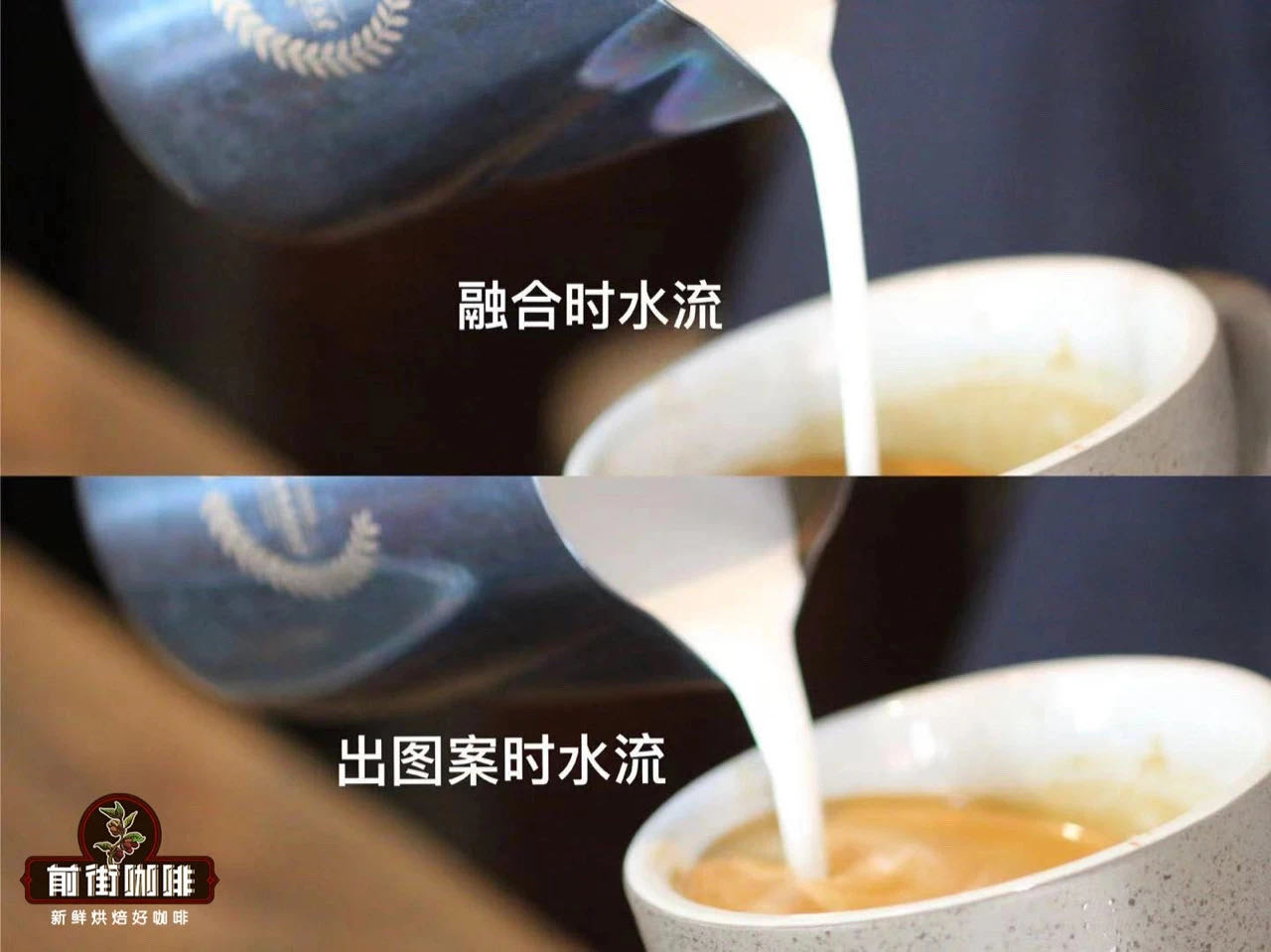
/milk fusion
The amount of milk fusion depends on the complexity of the pattern you make. If you only make basic patterns such as hearts and leaves, we can fuse them to 7 minutes full and then start lowering the milk tank to make patterns.
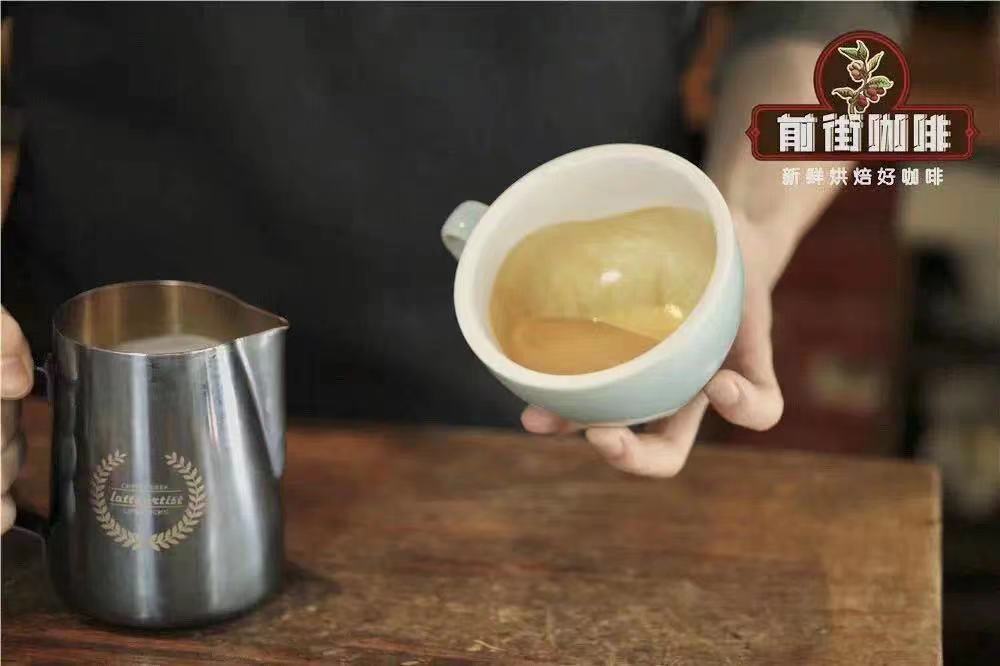
/Size of the circle
Our circular fusion involves holding the cup at a 45-degree angle and filling it with milk in a circular oval shape. The size of the loop depends on the diameter of the coffee surface. Front Street suggests making the largest circle without hitting a wall.
Important Notice :
前街咖啡 FrontStreet Coffee has moved to new addredd:
FrontStreet Coffee Address: 315,Donghua East Road,GuangZhou
Tel:020 38364473
- Prev
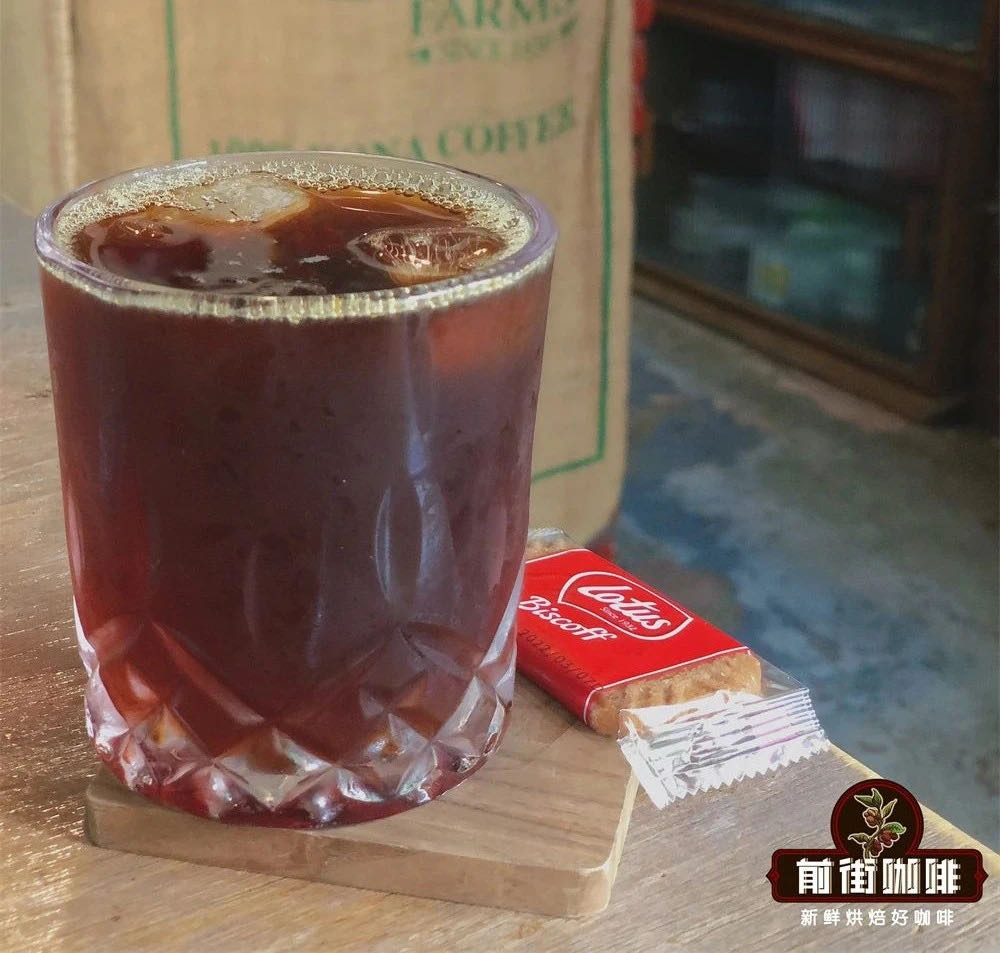
How to describe and express the taste of coffee? how to drink black coffee by hand?
I don't know if you have ever experienced such a scene: wow, I'm telling you! This cup of hands is delicious! The taste of ginger, jasmine, lemon, honey and Tieguanyin! But at this time, you are at a loss, obviously hear is the taste of their own know, but simply did not drink it, and then you can only taste the coffee taste out of it? No, it needs a partner's sense of smell.
- Next
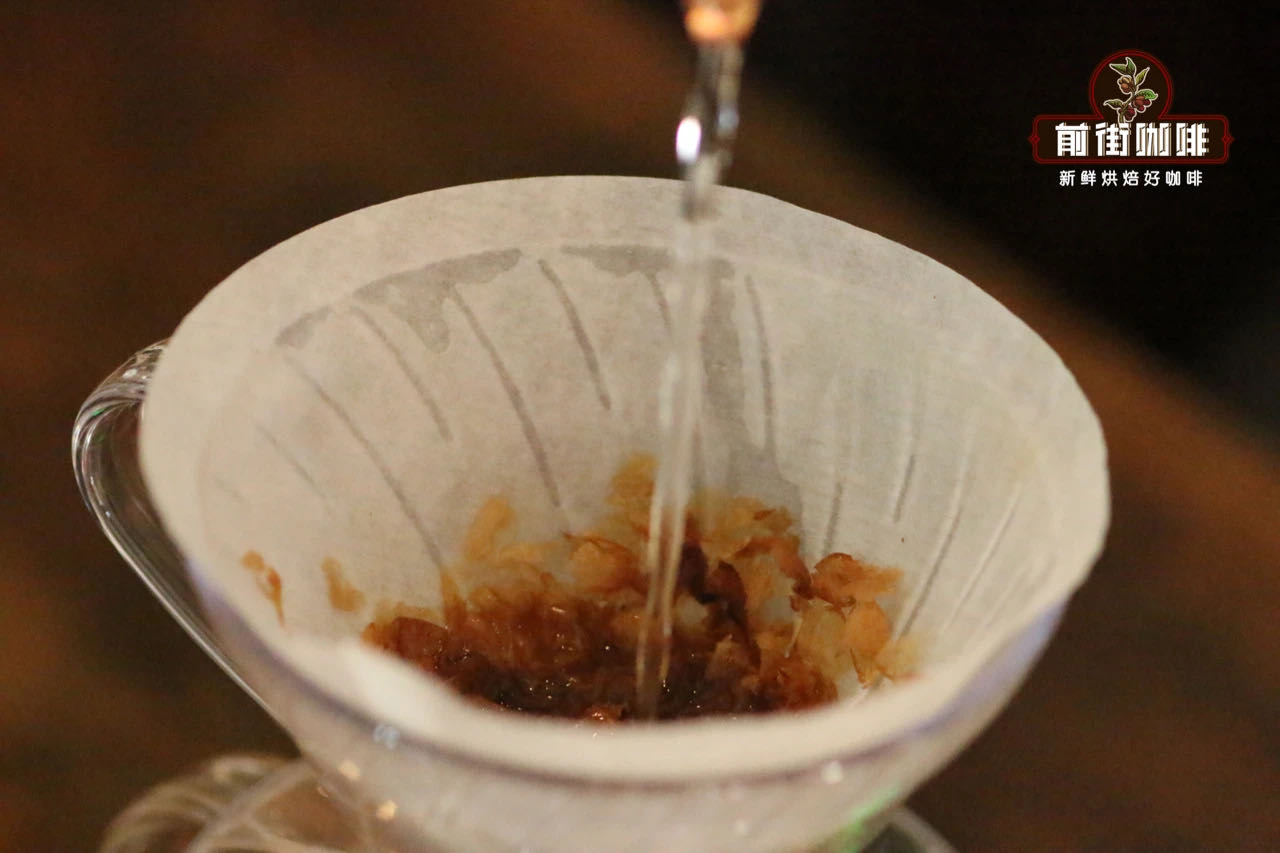
How do novices choose and buy hand-made single black coffee beans coffee silver skin will have an impact on coffee flavor
Coffee beans after grinding so much silver skin, do not clean it before brewing, this will not affect the flavor of the coffee? Qianjie has noticed that many friends will entangle the silver skin in the coffee powder when making coffee by hand, thinking that the silver skin will wash out the astringent taste and affect the flavor of the coffee. Is that true? So! The barista in front of the street seriously stirred up the coffee silver skin on the left is the coffee in front of the silver skin.
Related
- Beginners will see the "Coffee pull flower" guide!
- What is the difference between ice blog purified milk and ordinary milk coffee?
- Why is the Philippines the largest producer of crops in Liberia?
- For coffee extraction, should the fine powder be retained?
- How does extracted espresso fill pressed powder? How much strength does it take to press the powder?
- How to make jasmine cold extract coffee? Is the jasmine + latte good?
- Will this little toy really make the coffee taste better? How does Lily Drip affect coffee extraction?
- Will the action of slapping the filter cup also affect coffee extraction?
- What's the difference between powder-to-water ratio and powder-to-liquid ratio?
- What is the Ethiopian local species? What does it have to do with Heirloom native species?

